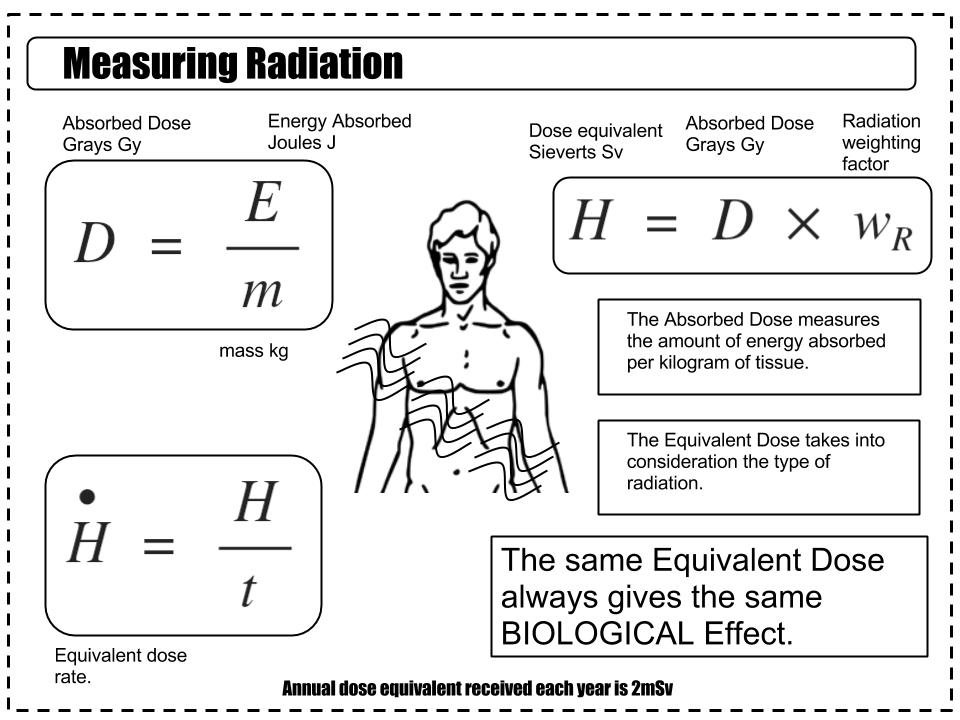
In pharmacology, dose equivalent refers to a comparison between the potency of different drugs that have similar therapeutic effects. It indicates the amount of one drug that would produce the same therapeutic effect as a certain dose of another drug. This concept is often used when switching between medications or when comparing drugs with different potencies but similar effects.
For example, if Drug A is more potent than Drug B, a lower dose of Drug A may produce the same therapeutic effect as a higher dose of Drug B. The dose equivalent helps clinicians understand how to adjust dosages when substituting or comparing medications to achieve the same level of efficacy or response. This concept is especially important in fields like pain management, where medications like opioids are compared using dose equivalents for safety and effectiveness in patient care.
Dose Equivalent for Sulfonylureas
Sulfonylureas are a class of medications commonly used to treat type 2 diabetes by stimulating insulin release from the pancreas. When switching between different sulfonylureas, it’s essential to use equivalent doses to maintain glycemic control and avoid hypoglycemia. Here are approximate equivalent doses for some common sulfonylureas:
1. Glibenclamide (Glyburide):
Standard dose: 5 mg
Equivalent to:
Glipizide 5 mg
Glimepiride 1-2 mg
Gliclazide 80 mg
2. Glipizide:
Standard dose: 5 mg
Equivalent to:
Glibenclamide 5 mg
Glimepiride 1-2 mg
Gliclazide 80 mg
3. Glimepiride:
Standard dose: 1-2 mg
Equivalent to:
Glibenclamide 5 mg
Glipizide 5 mg
Gliclazide 80 mg
4. Gliclazide:
Standard dose: 80 mg
Equivalent to:
Glibenclamide 5 mg
Glipizide 5 mg
Glimepiride 1-2 mg
Always adjust doses based on individual patient factors, such as renal function and risk of hypoglycemia. It’s also essential to monitor blood glucose levels during any change in medication.
Dose Equivalent for Dipeptidyl peptidase-4 (DPP-4) inhibitors
Dipeptidyl peptidase-4 (DPP-4) inhibitors are oral medications used in the treatment of type 2 diabetes to improve blood sugar control. Below is a list of commonly used DPP-4 inhibitors along with their typical dosages:
1. Sitagliptin (Januvia): 100 mg once daily
2. Saxagliptin (Onglyza): 5 mg once daily
3. Linagliptin (Tradjenta): 5 mg once daily (does not require dose adjustment in renal impairment)
4. Alogliptin (Nesina): 25 mg once daily
5. Vildagliptin (Galvus): 50 mg twice daily
These doses are generally considered to be therapeutically equivalent, as they provide similar efficacy in terms of HbA1c reduction, usually around 0.5-1%. However, renal function adjustments are necessary for some of these medications (e.g., Sitagliptin, Saxagliptin, and Alogliptin), except for Linagliptin, which is excreted through bile and does not need renal dose adjustment.
Always consider the patient’s clinical profile when prescribing DPP-4 inhibitors.
Dose Equivalent for Sodium-glucose co-transporter 2 (SGLT2) inhibitors
Sodium-glucose co-transporter 2 (SGLT2) inhibitors are used to manage type 2 diabetes by promoting glucose excretion through urine. They also offer cardiovascular and renal benefits. Below are the commonly used SGLT2 inhibitors with their typical doses:
1. Empagliflozin (Jardiance):
Starting dose: 10 mg once daily
Maximum dose: 25 mg once daily
2. Dapagliflozin (Farxiga/Forxiga):
Starting dose: 5 mg once daily
Maximum dose: 10 mg once daily
3. Canagliflozin (Invokana):
Starting dose: 100 mg once daily
Maximum dose: 300 mg once daily (adjust in renal impairment)
4. Ertugliflozin (Steglatro):
Starting dose: 5 mg once daily
Maximum dose: 15 mg once daily
These doses are considered therapeutically equivalent for glucose control, though the higher doses often provide additional cardiovascular and renal protection. Dosage adjustments may be required in renal impairment, and their benefits in heart failure and chronic kidney disease are now key considerations in treatment decisions.
